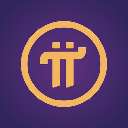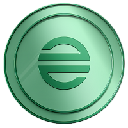-
 Bitcoin
Bitcoin $82,570.0410
0.02% -
 Ethereum
Ethereum $1,826.5479
0.54% -
 Tether USDt
Tether USDt $0.9999
0.02% -
 XRP
XRP $2.0904
-2.86% -
 BNB
BNB $606.1486
0.75% -
 Solana
Solana $126.0256
0.16% -
 USDC
USDC $1.0001
0.02% -
 Dogecoin
Dogecoin $0.1663
-1.67% -
 Cardano
Cardano $0.6610
-1.19% -
 TRON
TRON $0.2395
3.08% -
 Toncoin
Toncoin $4.1165
4.49% -
 Chainlink
Chainlink $13.5870
0.07% -
 UNUS SED LEO
UNUS SED LEO $9.1644
0.02% -
 Stellar
Stellar $0.2651
-1.16% -
 Avalanche
Avalanche $18.8132
-1.58% -
 Shiba Inu
Shiba Inu $0.0...01242
-1.05% -
 Sui
Sui $2.2652
-3.73% -
 Hedera
Hedera $0.1635
-3.80% -
 Litecoin
Litecoin $83.8611
-2.74% -
 Polkadot
Polkadot $4.0479
-0.57% -
 MANTRA
MANTRA $6.2006
-0.56% -
 Bitcoin Cash
Bitcoin Cash $304.0925
1.19% -
 Bitget Token
Bitget Token $4.4954
-1.67% -
 Dai
Dai $0.9998
-0.01% -
 Ethena USDe
Ethena USDe $0.9998
-0.01% -
 Pi
Pi $0.7464
-2.96% -
 Hyperliquid
Hyperliquid $13.0633
4.38% -
 Monero
Monero $214.1951
-1.81% -
 Uniswap
Uniswap $6.0129
1.10% -
 Aptos
Aptos $5.2689
-1.02%
The governance logic of DAO and its technical implementation
DAOs use blockchain and smart contracts for transparent, community-driven governance, allowing members to vote on proposals based on token holdings or other criteria.
Mar 29, 2025 at 11:21 am
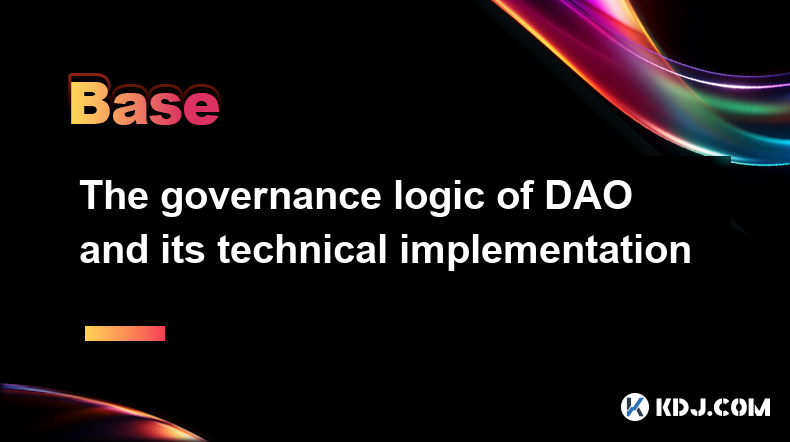
Understanding Decentralized Autonomous Organizations (DAOs) and their Governance
Decentralized Autonomous Organizations (DAOs) represent a novel organizational structure leveraging blockchain technology to automate decision-making processes. Unlike traditional organizations with centralized control, DAOs operate based on pre-defined rules encoded in smart contracts. This eliminates the need for intermediaries and allows for transparent, community-driven governance. The core principle is that all members participate in decision-making, weighted by their token holdings, or other agreed-upon mechanisms. This participatory model fosters a sense of ownership and collective responsibility.
The Logic of DAO Governance: A Deep Dive
The governance logic of a DAO revolves around its smart contracts. These contracts define the rules governing proposals, voting, and execution of decisions. Proposal submission usually involves a member submitting a proposal detailing the intended action. Voting then takes place, often using a weighted system based on token ownership or other criteria specified in the DAO's constitution. Execution of approved proposals is automated by the smart contracts, ensuring transparency and eliminating the risk of manipulation. The specific mechanisms vary greatly depending on the DAO's design.
Different Voting Mechanisms in DAOs
Various voting mechanisms exist within the DAO ecosystem, each with its own strengths and weaknesses. Simple majority voting requires a simple majority (more than 50%) of votes to pass a proposal. Weighted voting assigns voting power proportionally to token holdings, giving larger stakeholders more influence. Quadratic voting allows individuals to allocate their votes across multiple proposals, reducing the influence of large token holders. Liquid democracy allows members to delegate their voting power to other trusted members. The choice of mechanism significantly impacts the DAO's governance dynamics.
Technical Implementation: Smart Contracts and Blockchain
The technical implementation of DAO governance relies heavily on smart contracts deployed on a blockchain. These self-executing contracts automate the governance process, ensuring transparency and immutability. The choice of blockchain platform influences factors like scalability, transaction costs, and security. Popular platforms include Ethereum, Cosmos, and Solana, each offering different features and advantages. The smart contract code defines the DAO's rules, including voting mechanisms, proposal submission processes, and execution logic. Security audits are crucial to prevent vulnerabilities that could be exploited.
Implementing Proposal Submission and Voting
The process of submitting a proposal and conducting a vote typically involves these steps:
- A member initiates a proposal through a designated interface.
- The proposal is reviewed and potentially modified by other members.
- A voting period is initiated, during which members cast their votes.
- Once the voting period ends, the smart contract automatically tallies the votes.
- If the proposal meets the predefined quorum and voting threshold, the smart contract executes the proposal.
Ensuring Transparency and Security
Transparency is paramount in DAO governance. All proposals, votes, and transactions are recorded on the blockchain, creating an auditable record accessible to all members. Security is equally critical. Smart contracts must be rigorously audited to identify and mitigate potential vulnerabilities. Any flaws could be exploited to manipulate the DAO or steal funds. Using established and well-audited smart contract templates can minimize risks. Regular security updates are also essential.
The Role of Decentralized Storage
Decentralized storage solutions, such as IPFS or Arweave, can play a crucial role in storing DAO documentation and other relevant information. This ensures that the DAO's constitution and other important documents remain accessible even if the DAO's website or other centralized servers go down. It enhances the resilience and longevity of the DAO. Using such solutions contributes to the overall decentralization and robustness of the DAO's infrastructure.
Addressing Scalability Challenges
As DAOs grow larger, scalability becomes a significant concern. Processing a large number of proposals and votes can strain the blockchain network, leading to increased transaction fees and slower processing times. Solutions like layer-2 scaling solutions or sharding can help mitigate these challenges. Careful consideration of scalability needs is crucial during the design phase of a DAO. Choosing a blockchain platform with robust scaling capabilities is also important.
DAO Governance Tokens and Their Significance
Many DAOs utilize governance tokens, which grant holders voting rights and other privileges within the DAO. The distribution of these tokens and their associated voting power significantly impacts the DAO's governance dynamics. Token holders effectively govern the DAO through their participation in voting on proposals. The design of the tokenomics, including the token distribution mechanism and voting power allocation, is a crucial aspect of DAO design.
The Future of DAO Governance
The field of DAO governance is constantly evolving. New governance models, voting mechanisms, and technological solutions are continually being developed. The future likely involves more sophisticated governance structures that adapt to the needs of different DAOs and their communities. Research and development in this area will continue to shape the landscape of decentralized organizations. This includes exploring new consensus mechanisms and improving the user experience for participation in DAO governance.
Frequently Asked Questions
Q: What are the key benefits of DAO governance?
A: Key benefits include transparency, community ownership, automation, and immutability. Decisions are made collectively and recorded on a public blockchain, fostering trust and accountability.
Q: What are the risks associated with DAO governance?
A: Risks include smart contract vulnerabilities, manipulation through attacks, and the potential for governance failures due to inefficient voting mechanisms or lack of participation.
Q: How can I participate in DAO governance?
A: Participation usually involves acquiring the DAO's governance token and actively participating in proposal submissions and voting processes. Specific procedures vary depending on the DAO.
Q: What are some examples of successful DAOs?
A: Numerous DAOs exist, operating in various sectors, including finance, gaming, and social impact. Researching successful DAOs can provide insights into effective governance models.
Q: What are the different types of DAOs?
A: DAOs can be categorized based on their purpose and governance structure. Some examples include protocol DAOs, social DAOs, and grant DAOs, each with unique characteristics and governance mechanisms.
Disclaimer:info@kdj.com
The information provided is not trading advice. kdj.com does not assume any responsibility for any investments made based on the information provided in this article. Cryptocurrencies are highly volatile and it is highly recommended that you invest with caution after thorough research!
If you believe that the content used on this website infringes your copyright, please contact us immediately (info@kdj.com) and we will delete it promptly.
- MicroStrategy Adds 22,048 Bitcoins to Its Treasury, Bringing Its Total Holdings Above 528,000 BTC
- 2025-04-01 05:50:12
- Despite the US SEC Clearing Ripple Labs, XRP Price Corrected 22%
- 2025-04-01 05:50:12
- ETH Whales Are Dumping Their Holdings Into This Lesser-Known DeFi Project
- 2025-04-01 05:45:11
- Arctic Pablo Coin Leads the Charge with Its Thrilling Adventure-Themed Presale
- 2025-04-01 05:45:11
- Layer Coin: A Big Crash or a Golden Opportunity? 🚀📉
- 2025-04-01 05:40:12
- The first quarter of 2025 tells a clear story about DeFi's evolution. While yields across major lending platforms have compressed significantly, innovation at the market's edges demonstrates DeFi's continued maturation and growth.
- 2025-04-01 05:40:12
Related knowledge
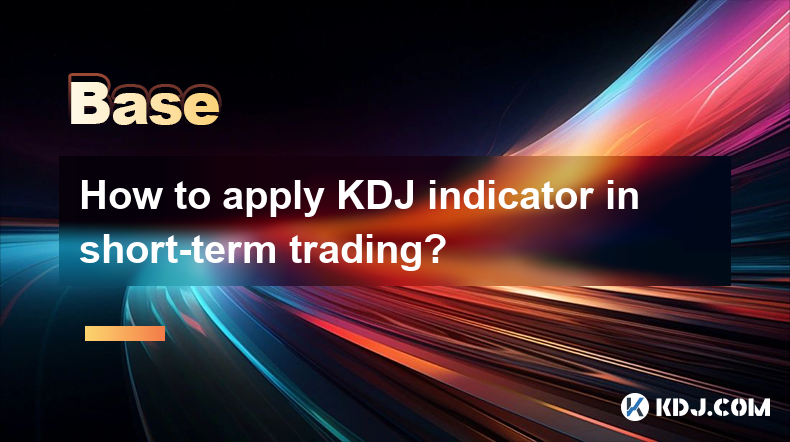
How to apply KDJ indicator in short-term trading?
Mar 31,2025 at 10:28pm
The KDJ indicator, also known as the Stochastic Oscillator, is a popular technical analysis tool used by traders to identify potential buy and sell signals in the cryptocurrency market. In short-term trading, the KDJ indicator can be particularly useful due to its sensitivity to price movements. This article will explore how to effectively apply the KDJ...
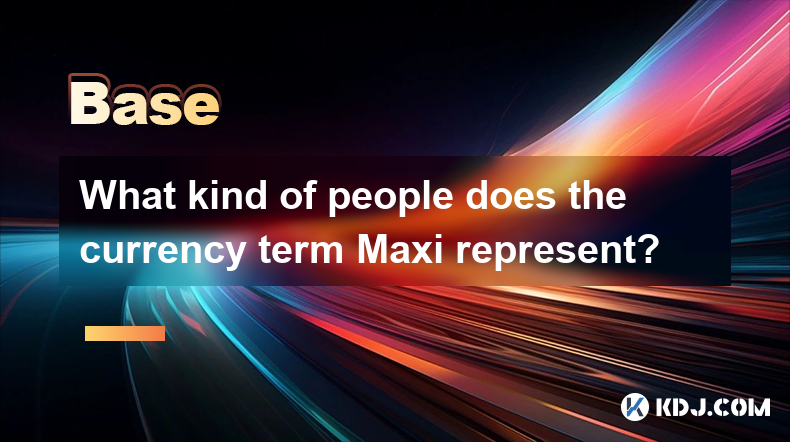
What kind of people does the currency term Maxi represent?
Mar 29,2025 at 08:49pm
Decoding the 'Maxi' in CryptocurrencyThe term 'Maxi' in the cryptocurrency world doesn't refer to a specific demographic or group with shared characteristics like age or profession. Instead, it's a label used to describe individuals holding a strong, often unwavering, belief in Bitcoin's dominance and superiority over all other cryptocurrencies. They a...
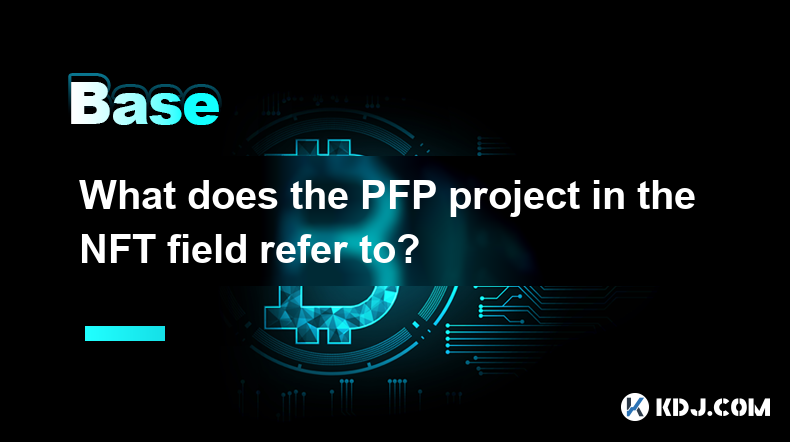
What does the PFP project in the NFT field refer to?
Mar 29,2025 at 07:42pm
Understanding Profile Picture (PFP) Projects in the NFT SpaceThe term 'PFP' in the NFT world stands for Profile Picture. These are NFT projects centered around unique digital avatars, often designed in a consistent artistic style, that users can set as their profile picture across various online platforms. Think of them as collectible digital trading c...
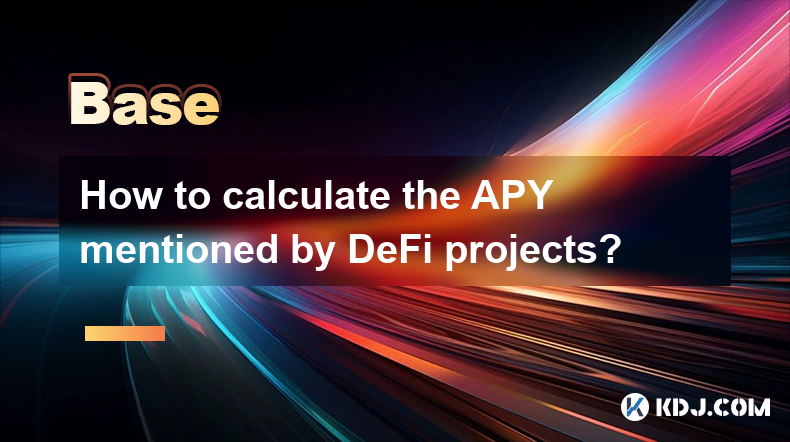
How to calculate the APY mentioned by DeFi projects?
Mar 31,2025 at 12:07am
Understanding APY in DeFiAnnual Percentage Yield (APY) is a crucial metric in DeFi, representing the yearly return on investment, considering the effects of compounding. Unlike the simple Annual Percentage Rate (APR), APY accounts for the reinvestment of earnings throughout the year. This leads to significantly higher returns, especially with high-freq...
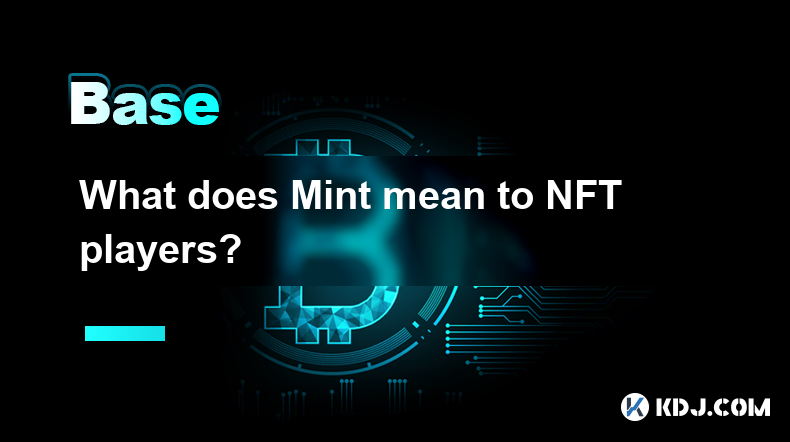
What does Mint mean to NFT players?
Mar 31,2025 at 06:56am
Understanding the 'Mint' Process in the NFT WorldFor NFT players, 'minting' refers to the process of creating a new, unique NFT and adding it to a blockchain. This isn't simply copying an image; it involves registering the digital asset's ownership and metadata onto the blockchain, making it verifiable and tamper-proof. Think of it as officially bringi...
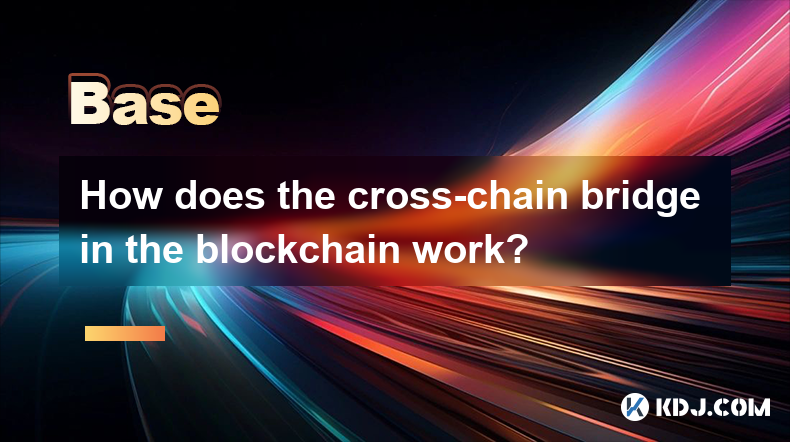
How does the cross-chain bridge in the blockchain work?
Mar 30,2025 at 05:14am
Understanding Cross-Chain Bridges in BlockchainCross-chain bridges are crucial infrastructure in the blockchain ecosystem, enabling the transfer of tokens and data between different blockchain networks. This functionality is essential because blockchains, while offering unique advantages, often operate in isolation. Bridges overcome this limitation, fo...

How to apply KDJ indicator in short-term trading?
Mar 31,2025 at 10:28pm
The KDJ indicator, also known as the Stochastic Oscillator, is a popular technical analysis tool used by traders to identify potential buy and sell signals in the cryptocurrency market. In short-term trading, the KDJ indicator can be particularly useful due to its sensitivity to price movements. This article will explore how to effectively apply the KDJ...

What kind of people does the currency term Maxi represent?
Mar 29,2025 at 08:49pm
Decoding the 'Maxi' in CryptocurrencyThe term 'Maxi' in the cryptocurrency world doesn't refer to a specific demographic or group with shared characteristics like age or profession. Instead, it's a label used to describe individuals holding a strong, often unwavering, belief in Bitcoin's dominance and superiority over all other cryptocurrencies. They a...

What does the PFP project in the NFT field refer to?
Mar 29,2025 at 07:42pm
Understanding Profile Picture (PFP) Projects in the NFT SpaceThe term 'PFP' in the NFT world stands for Profile Picture. These are NFT projects centered around unique digital avatars, often designed in a consistent artistic style, that users can set as their profile picture across various online platforms. Think of them as collectible digital trading c...

How to calculate the APY mentioned by DeFi projects?
Mar 31,2025 at 12:07am
Understanding APY in DeFiAnnual Percentage Yield (APY) is a crucial metric in DeFi, representing the yearly return on investment, considering the effects of compounding. Unlike the simple Annual Percentage Rate (APR), APY accounts for the reinvestment of earnings throughout the year. This leads to significantly higher returns, especially with high-freq...

What does Mint mean to NFT players?
Mar 31,2025 at 06:56am
Understanding the 'Mint' Process in the NFT WorldFor NFT players, 'minting' refers to the process of creating a new, unique NFT and adding it to a blockchain. This isn't simply copying an image; it involves registering the digital asset's ownership and metadata onto the blockchain, making it verifiable and tamper-proof. Think of it as officially bringi...

How does the cross-chain bridge in the blockchain work?
Mar 30,2025 at 05:14am
Understanding Cross-Chain Bridges in BlockchainCross-chain bridges are crucial infrastructure in the blockchain ecosystem, enabling the transfer of tokens and data between different blockchain networks. This functionality is essential because blockchains, while offering unique advantages, often operate in isolation. Bridges overcome this limitation, fo...
See all articles










































































